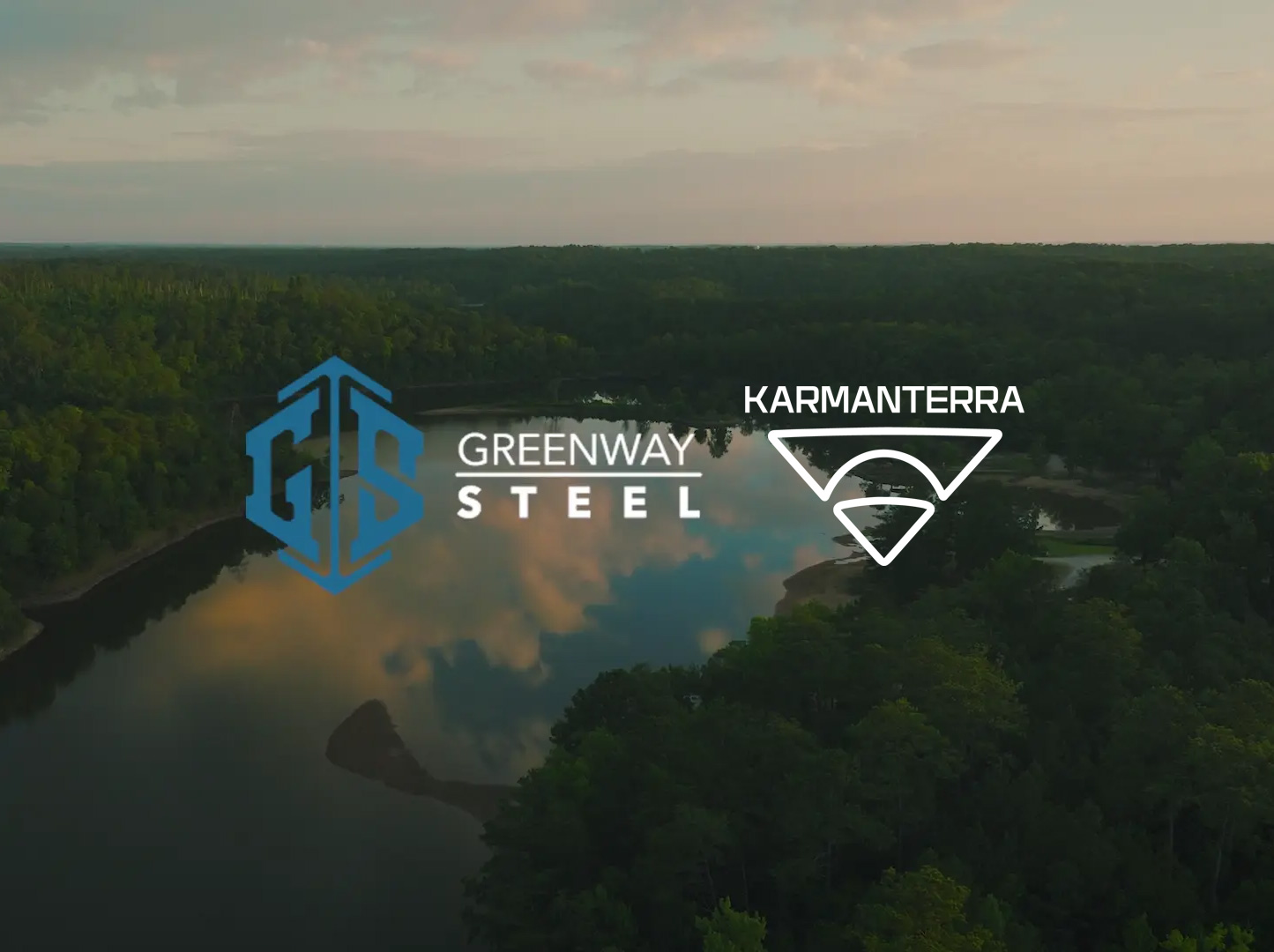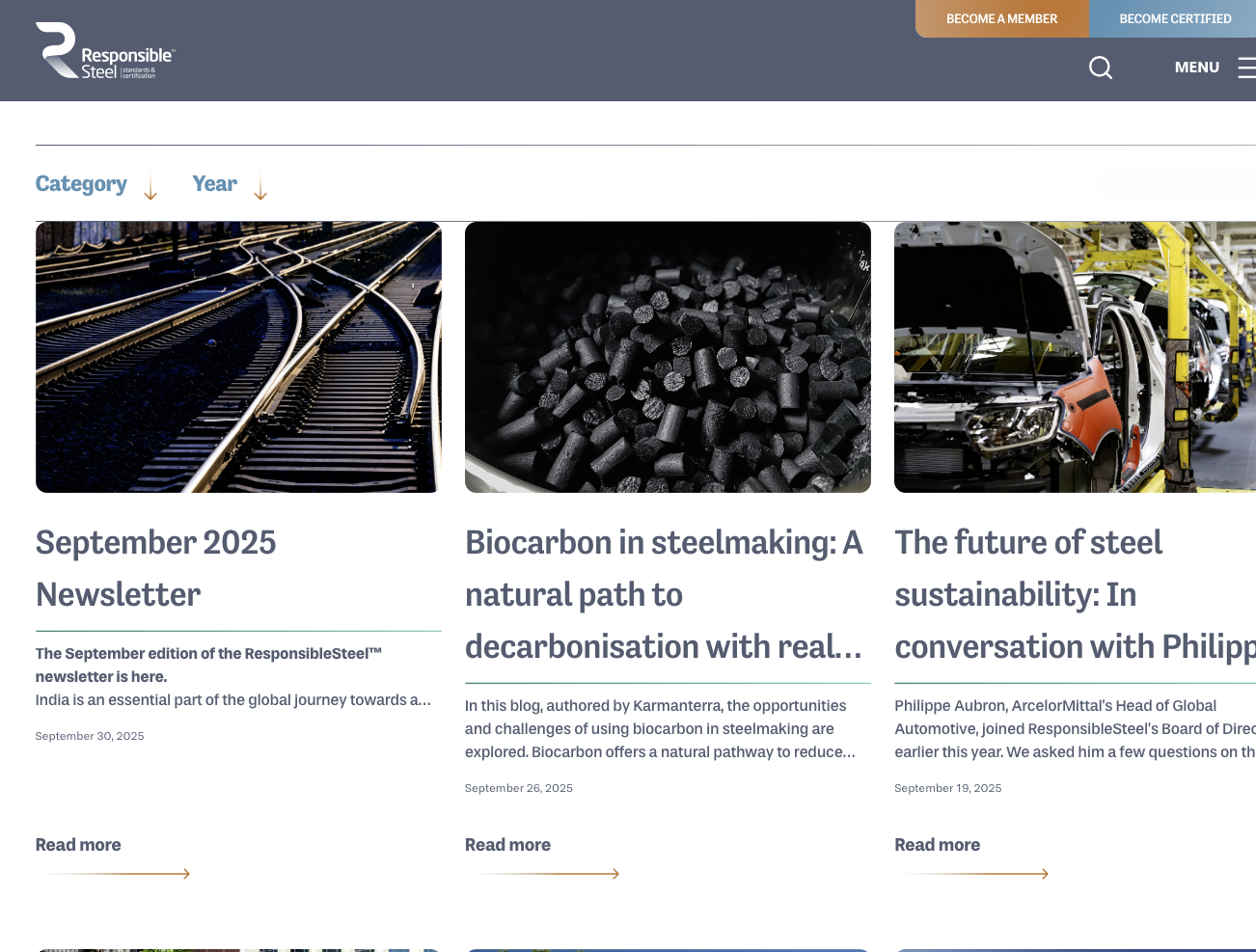Bamboo is famous for having more than a thousand uses. Even the leftover pieces of bamboo waste and remnants have a use, and quite a valuable one. Not unlike bamboo, biochar is an organic product that has been around for thousands of years but has only recently begun attracting magnificent attention for its broad spectrum of environmental benefits.
One of the beauties of biochar is that the organic carbon is fixed into a stable state. If the wood logs or agriculture waste is burned or left to rot and decompose, all the natural carbon is released and turns into carbon dioxide in the atmosphere. Decomposing biomass also releases methane, an even more hazardous greenhouse gas. Burning wood scraps and other organic debris — a very common practice in the tropics — releases these greenhouse gasses even more quickly.
But when crop residues and other agriculture waste are transformed into biochar, the carbon is locked in a solid state, thereby keeping it out of the atmosphere. And when biochar is buried in the soil, that carbon gets stored away for hundreds or thousands of years. These types of manmade carbon sinks are essential for combating climate change and reducing the levels of CO2 in the skies.
Excessive levels of carbon in the atmosphere are detrimental, but another environmental challenge that gets less attention is the lack of organic carbon in the soil. Carbon is the building block of life on our planet, and without it, farms and forests cannot achieve their highest potential. Instead, most commercial crops depend on synthetic, chemical fertilizers that deliver a simple cocktail of N-P-K while neglecting the health of the soil.
Not only does biochar add vital carbon to the soil, but its extraordinary surface area and porosity bring tremendous improvements in moisture and nutrient retention. All the nooks and crannies provide spaces that invite micro-organisms, and that microbiotic life contributes to an ecosystem where plants can thrive without the continuous application of petrochemicals.

Sustainable biomass for biochar
I've heard critics denouncing biochar because they say it doesn't make sense to cut down trees and forests just to create carbon sinks and increase soil organic carbon. The good news is that no one is actually advocating for deforestation as a strategy for biochar production.
The quantity of agricultural waste available from coffee, cocoa, rice, cotton, bamboo, and countless other crops is almost incomprehensible. And the great preponderance of that waste is either being burned in the field or left to rot. Either way, it's a pitiful waste and an easily avoided contributor to climate change.
Being the fastest-growing plant on earth, bamboo is an exceptional source of biomass, whether for building material, fuel, or biochar. Even if bamboo is planted for the primary purpose of absorbing CO2 from the atmosphere, it is necessary to harvest the older bamboo culms before they age and decay and start to release CO2 again. (That's what happens when bamboo is not properly managed.)
Advantages of bamboo for biochar
No one actually cultivates bamboo exclusively for biochar production. It's more like a byproduct of bamboo management. Most bamboo applications require some processing that results in waste material or offcuts. And this waste stream is ideally suited for biochar.
Compared to other possible feedstocks — like cocoa husks, coconut husks, coffee bean husks, rice husks, or pineapple reside, all of which are ubiquitous throughout the tropics — bamboo is much easier to process into biochar. As a woody biomass, it dries more easily, cooks better, and contains higher levels of carbon, a key metric when it comes to assessing biochar quality. (Be aware though that the hollow internodes often make a loud pop, like a car backfiring, when bamboo is cooked or subjected to extreme temperatures.)
When it comes to making biochar, bamboo's most impressive characteristic is probably its astonishing growth rate. If carbon sequestration is your goal, few things can rival a forest or plantation of mature bamboo. Rapid growth means a high metabolism and that means more photosynthesis. All of this points to greater absorption of carbon dioxide. When plants absorb CO2, they release the O2 (oxygen) back into the atmosphere and store the C (carbon) in a solid form in the roots, stems, and branches. Biochar production interrupts the carbon cycle so that the carbon gets stored permanently rather than returning to the air and bonding with oxygen to reconvene as atmospheric carbon dioxide.
Another important feature of biochar quality is the surface area of the substance. This is the measure of its porosity, which indicates how well it can retain moisture and nutrients and harbor microorganisms. There's some debate surrounding the surface area of bamboo, with some studies showing that bamboo biochar has about half the surface area of soft wood like pine, and others claiming that the grass is far more porous than wood.
In one particular biochar study, bamboo's surface area scored from 54 to 144 square meters per gram, while pine scored 234 to 267 m2 per gram. Others have suggested higher numbers for bamboo biochar, as much as 900 m2 per gram. But ultimately, the numbers depend on a range of factors, such as the bamboo species, the age of the culms, and the technology used for pyrolysis.
Battery storage with bamboo biochar
More recent research, published in Science Direct in February 2024, suggested that bamboo biochar has especially great potential for use in batteries for renewable energy storage. The research highlights the advantages of monolithic biochar, that is, biochar made from a single feedstock rather than a mixed composite.
Compared to biochar produced from other woods, bamboo biochar has extremely high electrical conductivity. Apparently, this is related to bamboo's high levels of cellulose, something that also makes bamboo a prized resource for textiles, biofuels, and bioplastics. Unlike the low-tech biochar production pictured above, this super-conductive biochar requires more sophisticated pyrolysis methods and temperatures exceeding 1000º C.
From waste management to carbon sequestration to soil regeneration, the benefits of bamboo and biochar go on and on. Now we can add increased battery storage to that list. As an issue that the renewable energy industry has struggled with for a few decades, this could prove to be a transformative innovation.

















